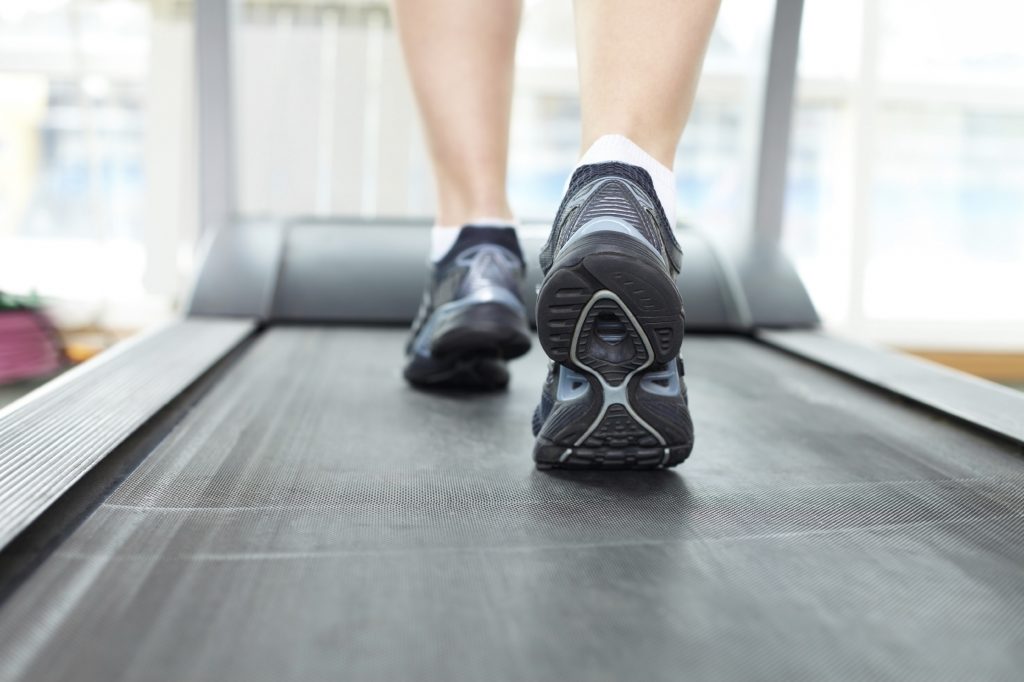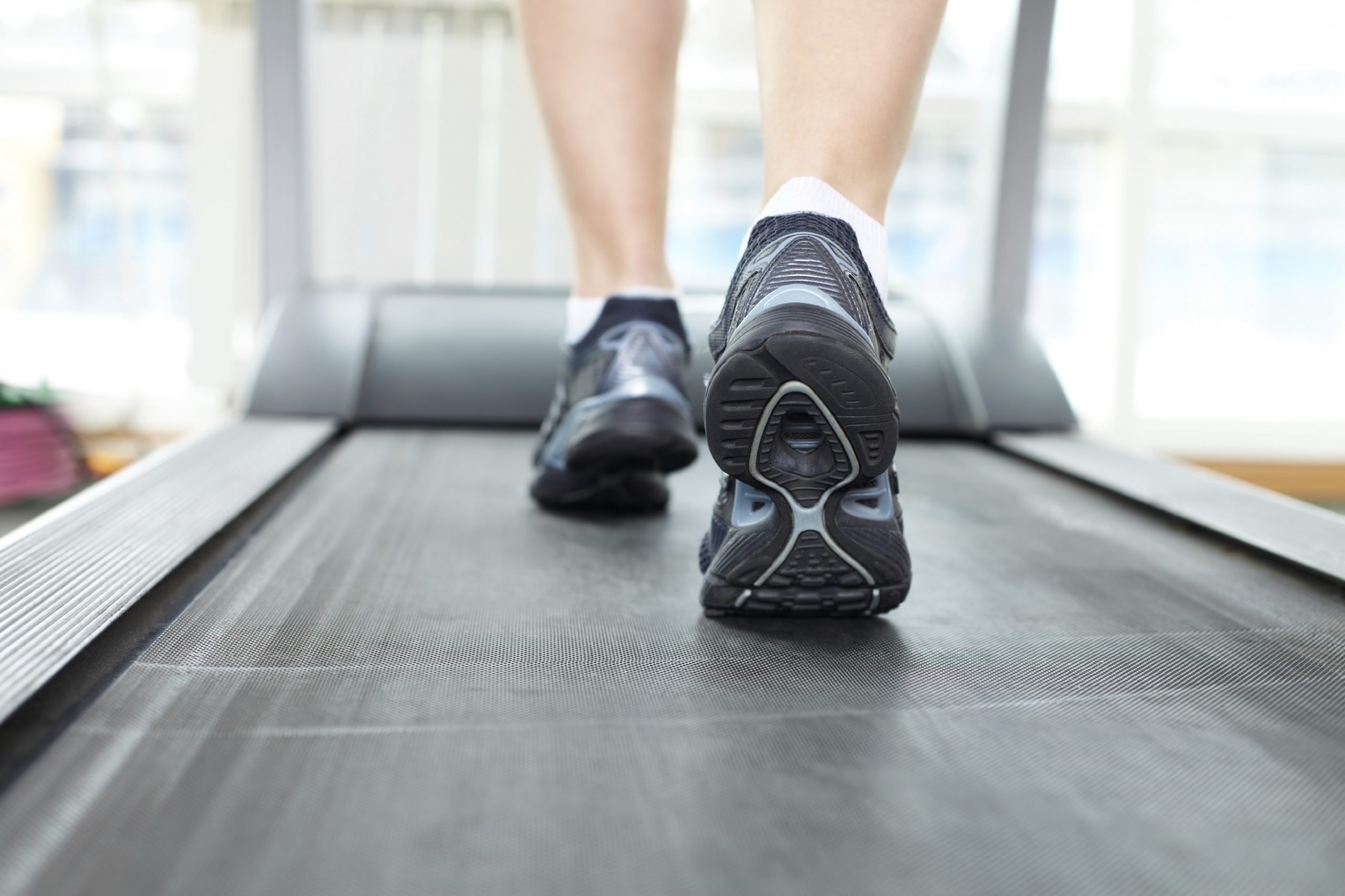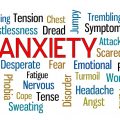It’s only natural that most people embarking on a weight loss programme will want to see results fast.
After all, taking up exercise to lose weight after a period of relative inactivity will constitute a significant lifestyle change, which will require time and sustained effort to adapt to; so for a great many of us, noticeable improvements will provide the motivational boost we need to press on.
Consequently, prior to drawing up a training plan, the question we’ll typically pose to search engines is: ‘which exercise is going to help me lose weight the quickest?’
When perusing the results that come back, more astute researchers will quickly come to realise how rare it is to get two or more answers to a fitness question which forms anything close to a consensus; opinions on exercise and weight loss vary greatly, depending on who you listen to.
And of course this is because no two people are the same. We all have different metabolisms and react in different ways to exercise. So it’s wise to take this into consideration before applying any advice based on personal experience to our own lives.

However, there are some basic principles that are useful to keep in mind when it comes to exercise. And as we’ll discuss, cardiovascular exercise, while being an integral component of a weight loss programme, is just one part of the puzzle:
Creating a Calorie Deficit
Diet is obviously of crucial importance when it comes to weight loss, and to shed pounds, someone will need to develop what’s known as a calorie deficit. Simply put, this is where the number of calories you spend exceeds the number of calories you consume.
For instance, if someone wanted to lose a pound a week, as a general rule they’d need to establish a calorie deficit over the course of that week of 3,500.
With this in mind, let’s take a look at some numbers.
The daily reference intake for calories for women is 2,000 (14,000 per week) and 2,500 for men (17,500 per week).
On average, walking will burn 4-5 calories per minute, and running (at six miles per hour) will burn roughly 10-12. That means that a one-hour walking workout will burn 250-300 calories, and a 30-minute run will expend a little more (300-350). Obviously these rates vary, and the more someone weighs, the more calories per minute they will burn.
A good, healthy evening meal can constitute as little as 400-500 calories; whereas a particularly unhealthy one might exceed 1,500.
So while cardio is vital, this serves to demonstrate how important food choices are in weight loss, and just how much a high-calorie diet can undermine the benefits of a workout when it comes to establishing a calorie deficit.
Simply put, if you aren’t creating a calorie deficit through both exercise and a controlled diet, then you likely won’t be losing weight at all (let alone quickly).
Cardio vs Strength Training
Many of us view exercise as a choice between cardio and strength training, but we shouldn’t. How much you do of each ultimately depends on what you’re trying to achieve, but it’s important to incorporate at least a small amount of both whatever your goals are.
For someone whose primary goal is weight loss, cardio should feature more prominently in their exercise routine; whereas those looking to build muscle mass will need to focus more on calorie conversion through strength-training.
It’s worth keeping in mind however, that most cardiovascular exercise only boosts your metabolism while you’re performing it. Strength-training on the other hand, initiates a process in the body which means that you will carry on burning calories for up to 48 hours afterwards.
Therefore, those looking to lose weight quickly will notice benefits if they incorporate strength training into their training schedule too. Health bodies generally recommend that those who are injury-free perform strength exercises on two or more days per week. Doing so will help to strengthen muscles and joints, making them less prone to injury during cardiovascular exercise.
In short, cardio is more important than strength training for weight loss; but a small amount of strength training makes cardio easier to do.
Steady State vs HIIT
High intensity interval training is a relatively new phenomenon in fitness. Focussing on short bursts of intense exertion, the idea is that like strength-training, the body will carry on burning calories after the workout has finished.
The emergence of HIIT has led some fitness experts to denounce steady-state cardio by comparison. High intensity cardio they argue, means you can burn just as many (if not more) calories in a third of the time of steady state, so why bother with the latter?
While it might in theory be more conducive to faster fat loss, HIIT isn’t for everyone. It’s difficult to do and keep up, particularly for those who are new to exercise, and may require more time for your body to recover from. A small amount of pain after a session can be encouraging, but if your body really hurts after a workout, you might not be as eager to do it again after just a couple of days. And this, ultimately, could in turn derail your exercise and weight loss plan as a whole.
HIIT shouldn’t be discounted. It’s a great way to squeeze a comprehensive routine into a short space of time and generate sustained post-workout calorie-burn. But it shouldn’t be considered as standard exercise practice for beginners. For the new starter, it’s more beneficial to ease yourself in with steady-state first, before moving onto HIIT when your experience level (and tolerance) is a little higher.
Is Fast Weight Loss Sustainable?
While we’ve established that cardio is a crucial part of a quick and effective weight loss programme, it’s important to take into consideration what rate of weight loss is a healthy one.
Really, it depends on how much you weigh, and how much you want to lose.
Those with a BMI of 30 or above may be advised to lose weight for health reasons, and if they can’t achieve this through diet and exercise alone, may be prescribed weight loss medication such as Xenical as part of a wider programme (also including diet and exercise). In such cases, a specialist may set a target loss of two pounds a week for a limited time.
However, weight loss of between one and two pounds per week is otherwise generally considered to be the optimum and healthiest rate for those who are overweight. Those who shed pounds at a rate faster than this may be more susceptible to gaining it again. But of course, everyone is different.
Before embarking on a weight loss programme, speak to your physician for guidance on which training routine is going to be most helpful.






























No Comments
Leave a comment Cancel